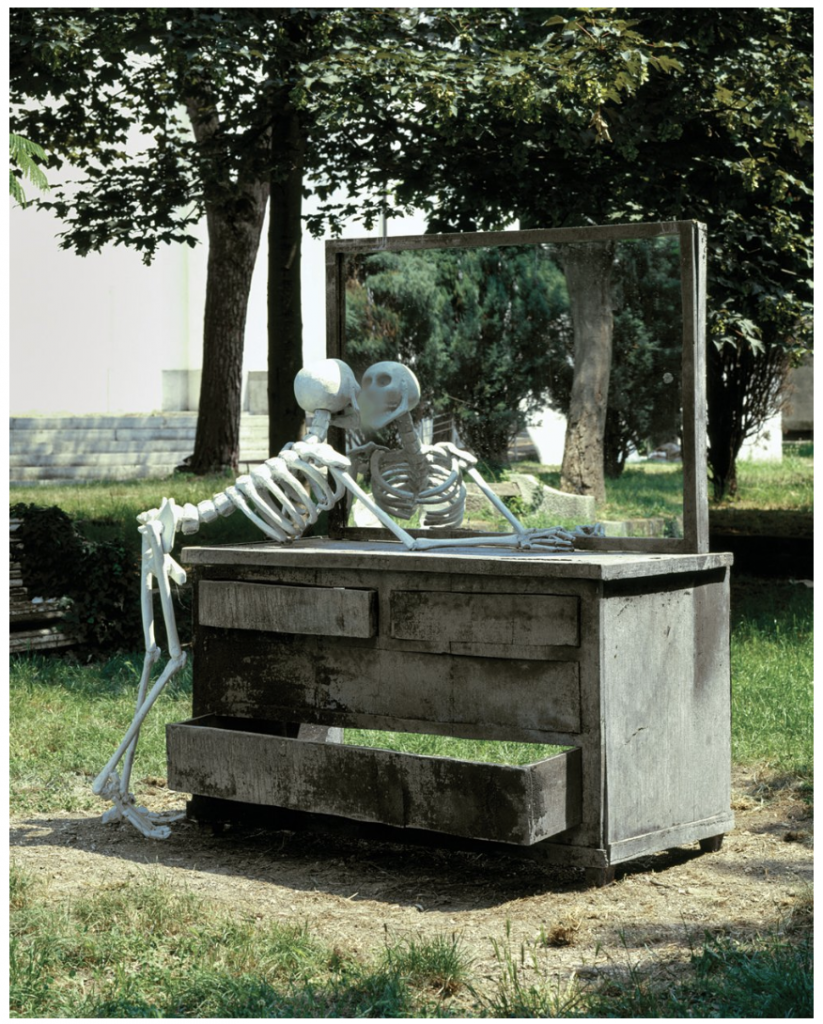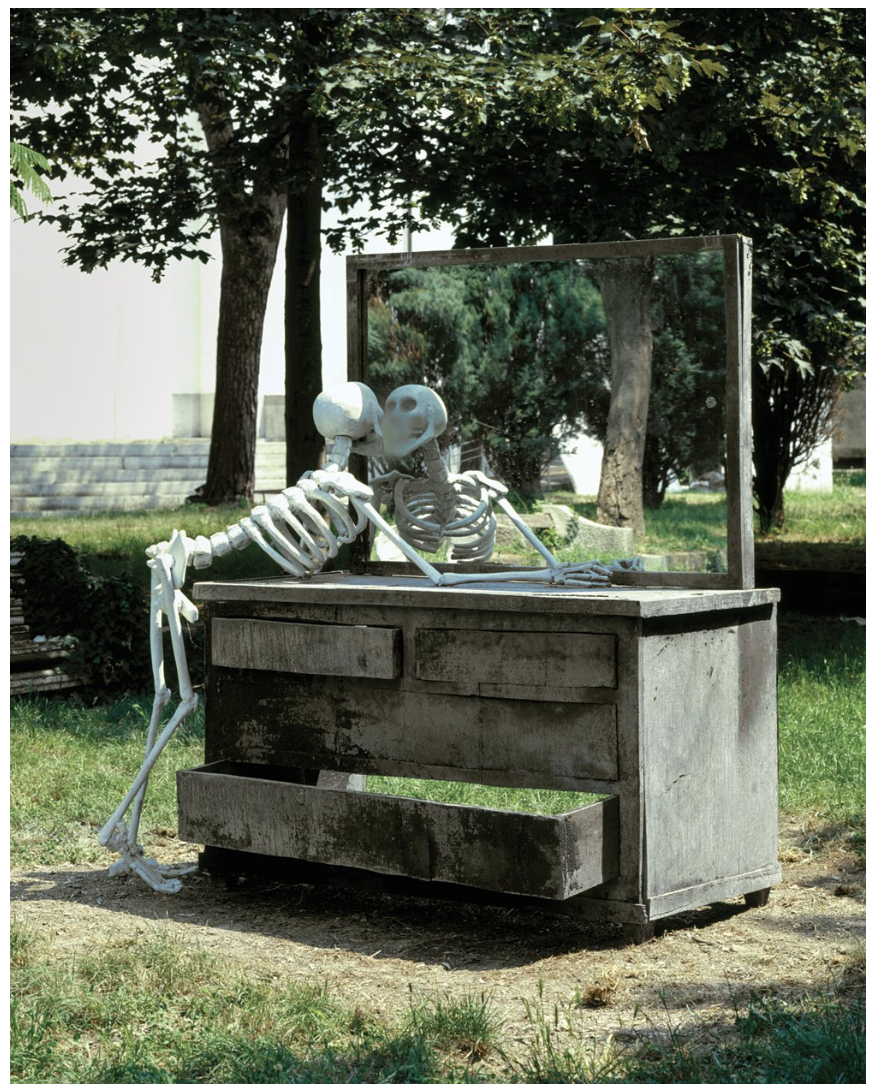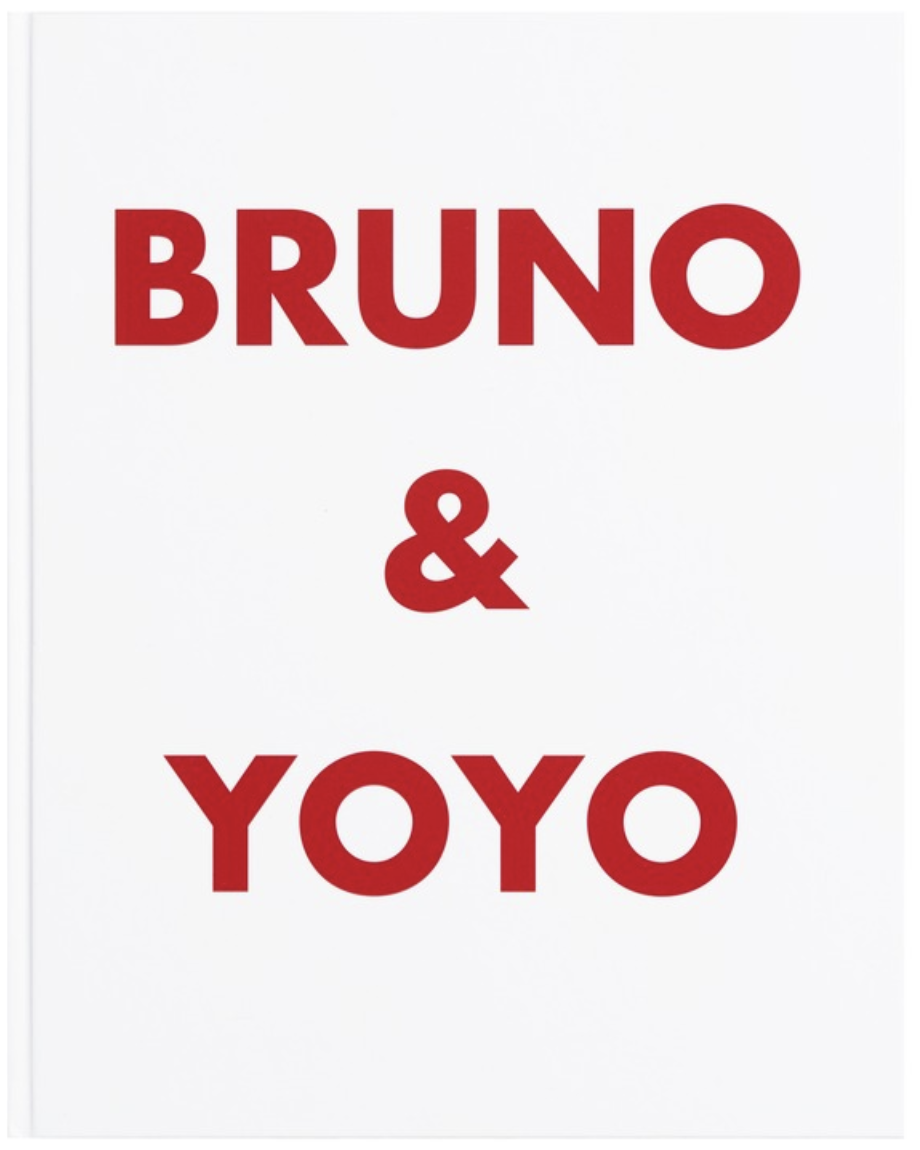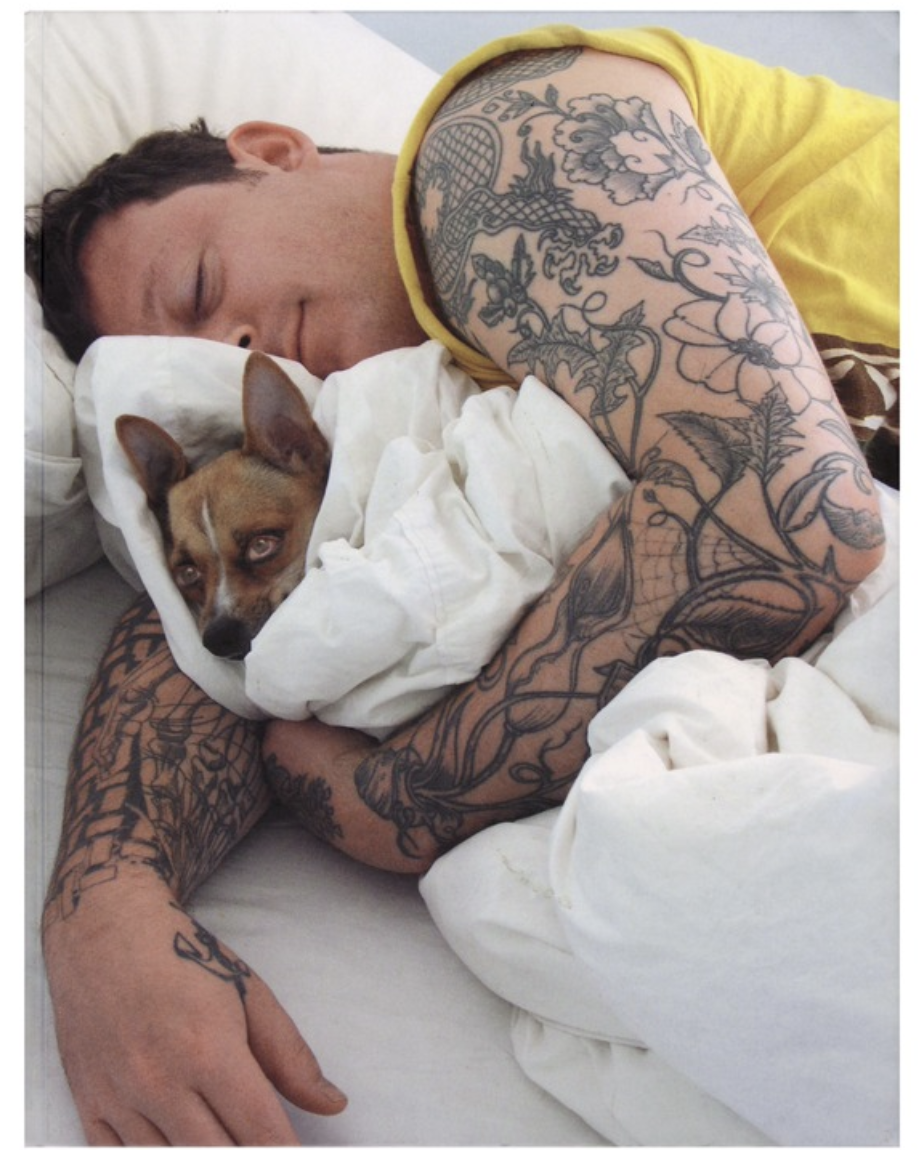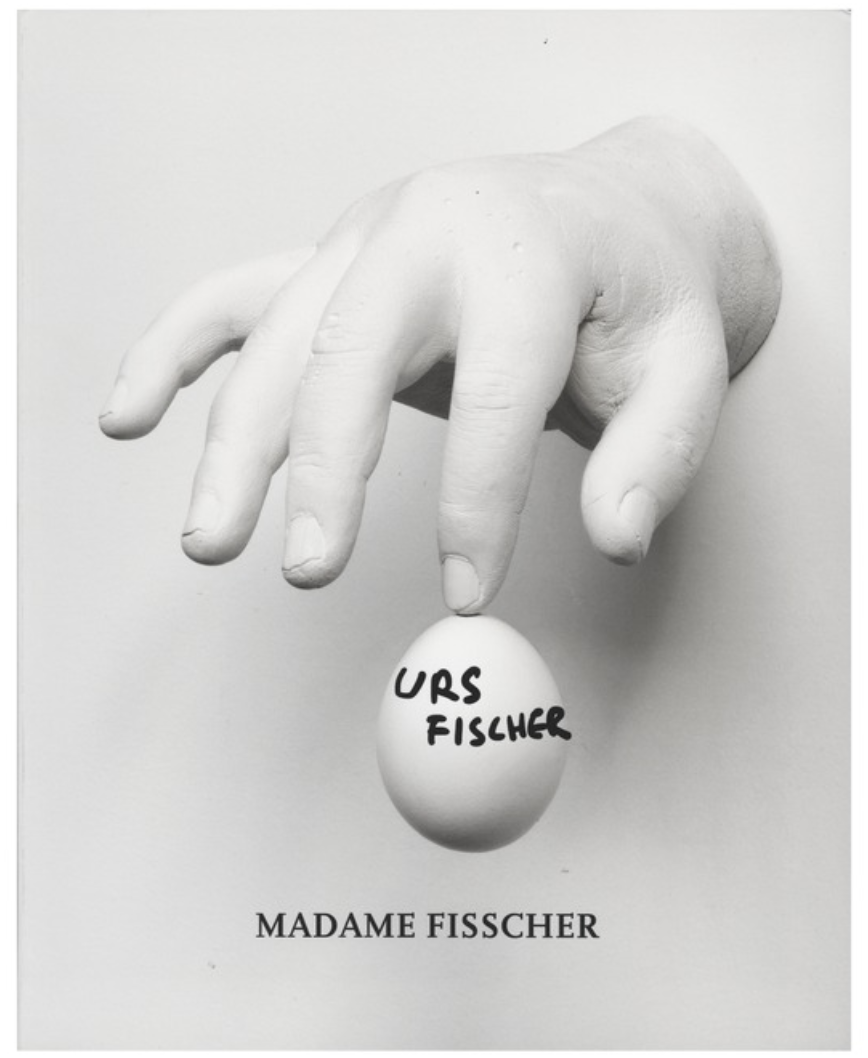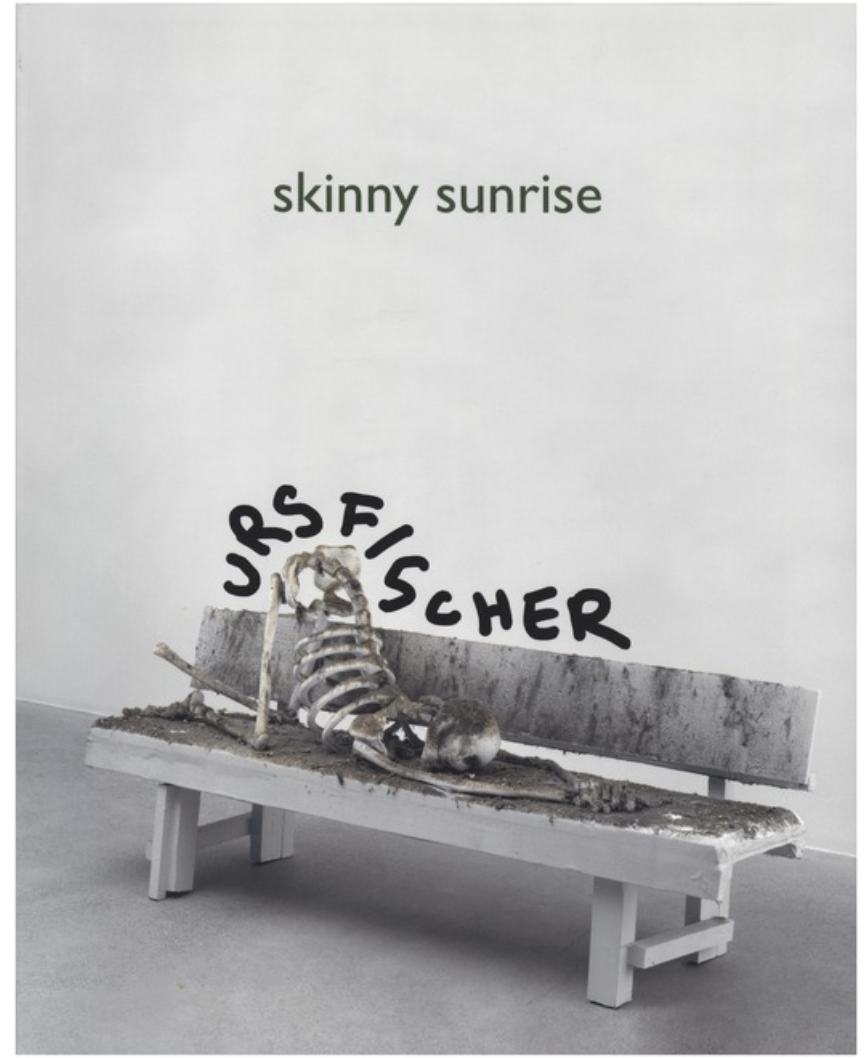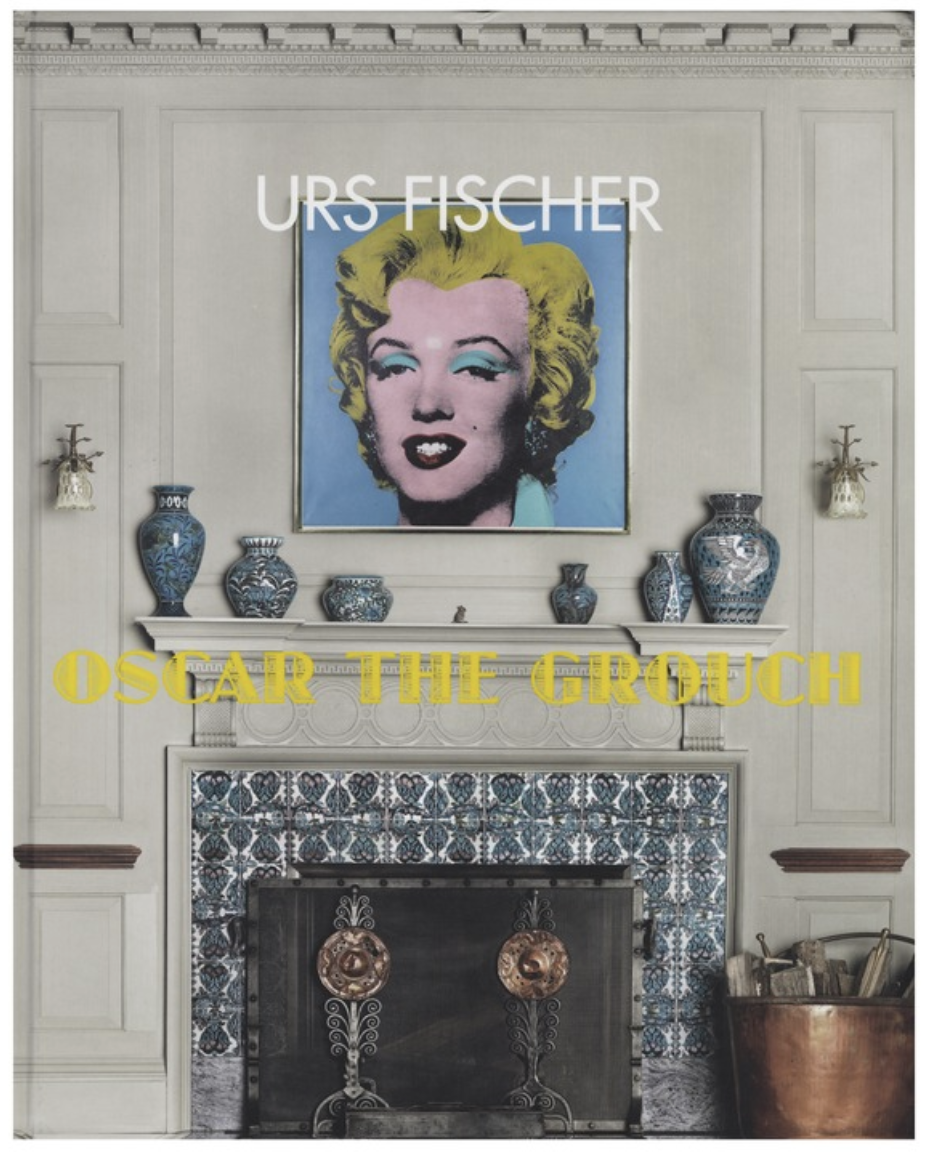Library
Library: Urs Fischer
Greenwich May 14th, 2019
This library selection features the artist Urs Fischer, whose exhibition ERROR is currently on view at The Brant Foundation Art Study Center in Greenwich, CT. Please click the link below to plan your visit!
Urs Fischer: Error Exhibition Page
About The Brant Foundation Library
The Brant Foundation’s library program was established in 2009 to facilitate the appreciation and understanding of contemporary art and to advance our mission of promoting arts education. As both a museum and art study center, the Foundation’s library serves as a crucial resource for students, scholars, and educators by providing access to a unique collection of hard-to-find materials. After noticing the difficulties of obtaining contemporary art publications, typically as a result of rarity or expense, the Foundation was inspired to make efforts to broaden their holdings and increase accessibility to the public.
By reaching out to the surrounding arts community for help, the Foundation has accumulated an actively growing, rich collection of contemporary art books. With the contributions from the many organizations and institutions that share our vision, the public gains access to a wider range of materials used for the scholarly study and examination of contemporary art. Housing over 1,000 volumes – from exhibition catalogs and artist monographs to art criticism texts and periodicals – the library reflects the Foundation’s collection and admiration of contemporary art. Because of the rarity and value of the materials, our library is non-circulating, but we welcome and encourage the public to make use of the study center during operating hours. Please contact info@brantfoundation.org to make an appointment to visit The Brant Foundation’s library.
